This website uses cookies
This website uses cookies to enable it to function properly and to analyse how the website is used. Please click 'Close' to accept and continue using the website.


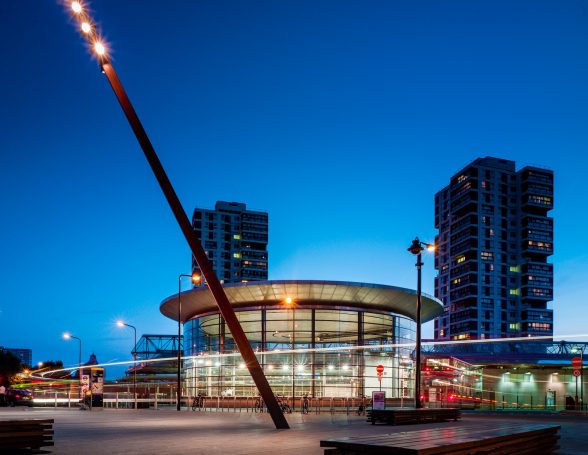
Image credit: James Attree [J Z A ] Photography
In December 2023, Southwark Council finally adopted a new Local List of historic buildings the Council and residents of the borough consider important and worthy of designation. Edmund Bird – TfL’s Heritage Manager, and Bobby Drake – longtime casework committee member with the Society, compiled nominations on behalf of C20 for upwards of 50 twentieth and twenty-first century buildings, all but a handful of which were accepted.
The list was originally drawn up a decade ago and conservation groups across the borough have been urging its adoption for years so its final approval on 5th December is most welcome. Buildings and other structures on the Local List are not afforded the same protection as national listing (i.e. Grade I, II* or II listed buildings) but the local planning authority now has to consider this designation in any planning decisions about the site and there is a general presumption against their demolition. For buildings of significance and particularly those under 30 years old, the Society has long viewed local heritage lists as a ‘waiting room’ for national listing.
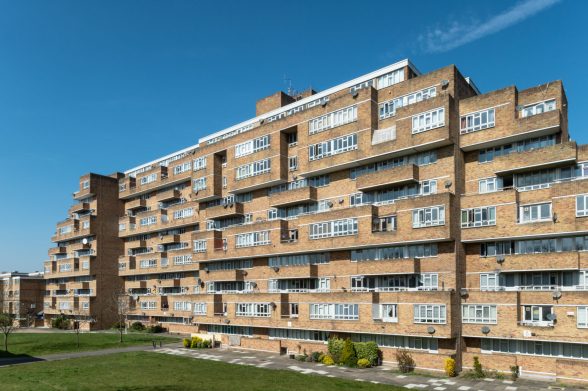
Image credit: The Modern House
Any harm caused to a locally listed building by a proposed development has to be justified and outweighed by the benefits created as a result of the works. If a locally listed building is already in a conservation area it has protection against demolition – for those outside conservation areas the borough is considering designating Article 4(1) Orders to remove the right to demolish without their prior consent. The newly locally listed buildings can be found on Southwark’s excellent interactive mapping site here (click on the local list layer in the key on the right hand side).
Southwark’s Local List has a large (over 1,200) and very diverse range of heritage assets, this includes such 20th Century landmarks as the 1920s Oxo Tower on the South Bank, the art deco frontage building of 1932 at Borough Market, the Tate Modern (former Bankside Power Station by Sir Giles Gilbert Scott, 1947-63), the towers of the late 1950s Brandon Estate, Walworth, Dawson’s Heights by Kate McIntosh (1964-72), the Globe Theatre opened in 1997 and Canada Water tube station (1999). Some 21st Century buildings also feature in the list such as the former (now disused) City Hall on the South Bank by Norman Foster (2002), Canada Water Library (Piers Gough 2011) and The Shard (Renzo Piano, 2012).
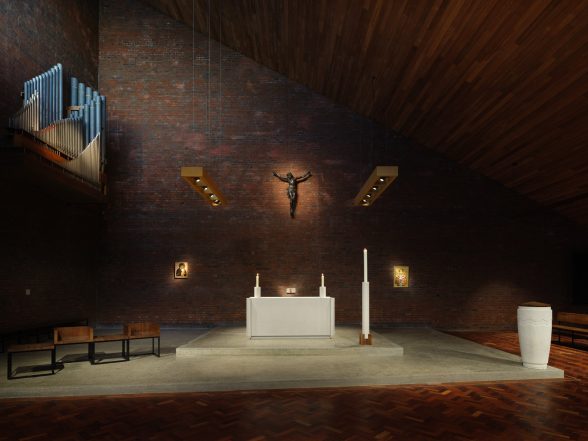
Image credit: Lewis Ronald
A treasure-trove of smaller buildings from our period have also been designated including Garden City-style gas workers housing in Moodkee Street, Rotherhithe (1931), the seven residential blocks of 1928-32 adjacent to of Giles Gilbert Scott’s monumental tower at the William Booth Memorial College, Denmark Hill, Edward Armstrong’s moderne-style housing estate on Union Street SE1 (1938), the Churchill Clinic on Lambeth Road (1940), Southwark Police Station on Borough High Street by Gilbert Mackenzie Trench (1940), the New Cross Telephone Exchange on St Mary’s Road (1953), Barclays Bank Borough High Street (1957), Holy Trinity Church on Rotherhithe Street by Thomas Ford (1959) and the striking St John’s Chrysostom Church on Meeting House Lane, Peckham by David Bush (1966).
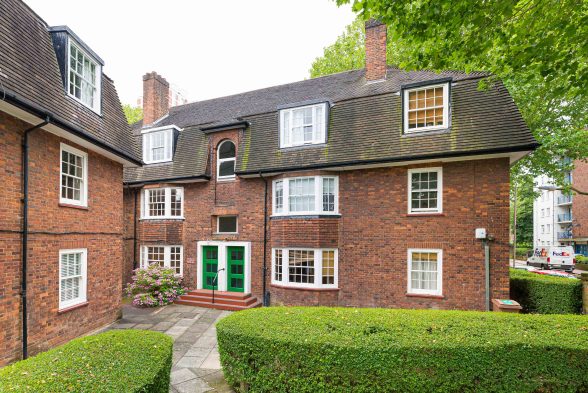
Image credit: PrimeLocation
The adoption of Southwark’s Local List follows the launch of the heritage campaign in 2019 by the then Communities Secretary Robert Jenrick and Historic England which called on every local authority to compile lists of local important buildings cherished and nominated by residents. Southwark Council undertook an ambitious consultation programme which resulted in over 350 entries put forward by local people and heritage groups, over 200 of which were added to the Local List.
With thanks to Edmund Bird for the summary.
Local Listing article from C20 Magazine 2020-2
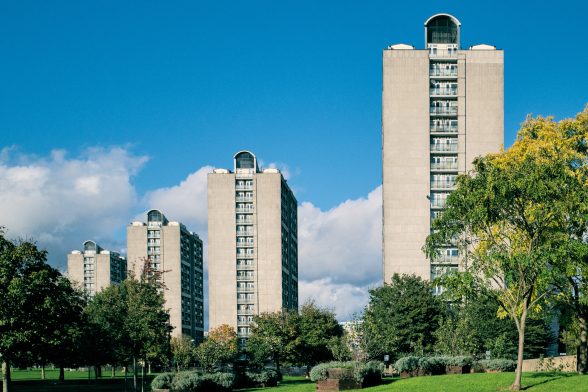
Image credit: d0gwalker

Image credit: Herzog and de Meuron

Become a C20 member today and help save our modern design heritage.